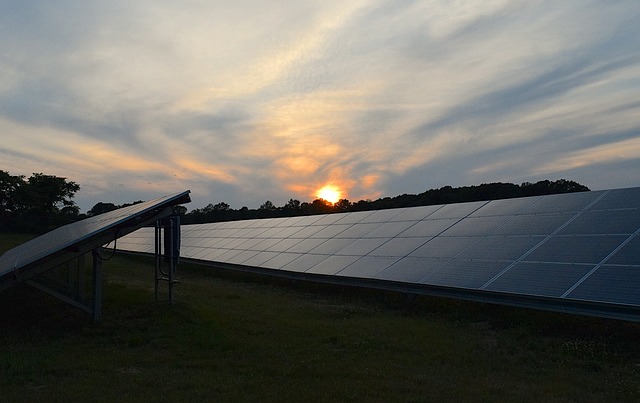The solar energy is being used frequently to generate electricity through photovoltaic modules. It is also useful for producing water using solar collectors. Although it has many advantages, it is also necessary to know the disadvantages of solar energy. Among which its high cost and the visual impact of the installed panels stand out.
As it is a renewable energy source, it does not produce greenhouse gas emissions; it is inexhaustible and has various applications, both domestically and on a large scale, these being some of the advantages of solar energy. However, the purpose of this article is to show you the other side of solar energy, which is why we will explain what the disadvantages of solar energy are.
4 disadvantages of solar energy that you should know:

The solar energy produced varies throughout the seasons-
The generation of solar energy depends mainly on the ambient temperature and the incident solar radiation. Less daylight hours less energy is generated, so energy production is lower in winter than in summer.
The foregoing implies that, at certain times of the year, it is necessary to complete energy production with other types of fuels. Therefore, in many cases, the areas with the highest solar radiation are desert places, far from the areas of consumption.
A strong initial investment is necessary-
Installing solar panels is a large initial investment. Although the life span of the facilities is estimated at 25 years, it takes at least 10-15 years to recover the initial cost. In addition, in the case of using photovoltaic solar energy , the price of the kWh generated is higher than that of other technologies.
Solar energy installations require maintenance-
Related to the previous point, the facilities need adequate periodic maintenance to function properly, assuming even more costs, which can translate into a disadvantage of solar energy taking into account the budget of the project in question.
Solar panels have an environmental impact-
Solar panels have a great visual impact on the landscape when they are used to produce electricity on a large scale, since they occupy large areas. This impact is also visible on the roofs of buildings with panels installed, although to a lesser extent.
In some cases, they are not allowed to be installed in protected buildings, such as Assets of Cultural Interest (BIC). On the other hand, the panels are manufactured with materials that must be treated as hazardous waste at the end of their useful life, such as silicon or lead.


















+ There are no comments
Add yours